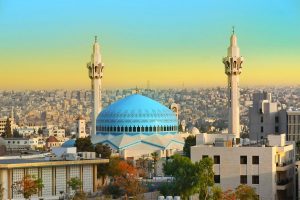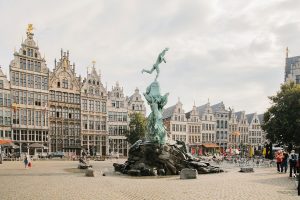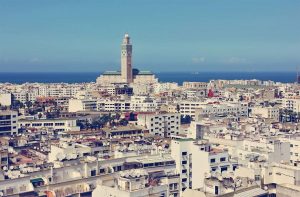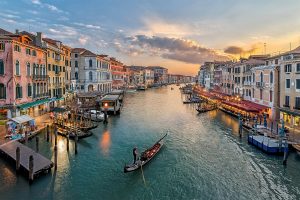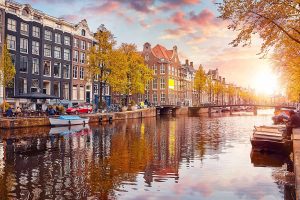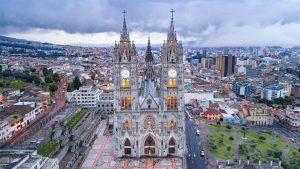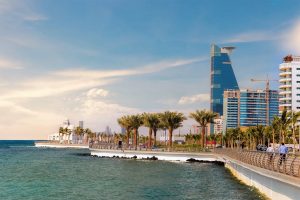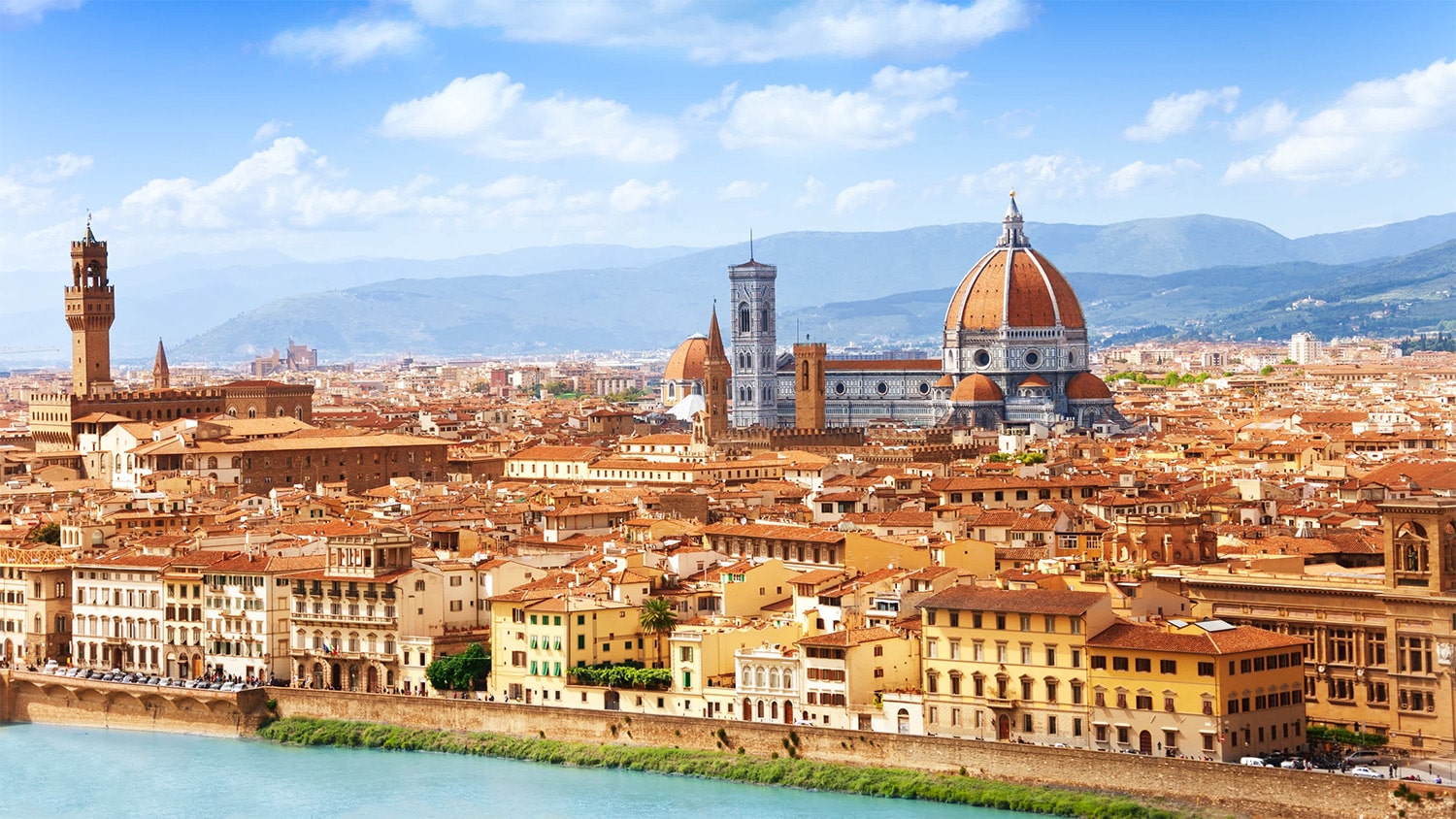
24 interesting facts about Florence
- 👁️ 1033
Florence, the capital city of Italy’s Tuscany region, is a place where every cobblestone, alley, and building tells a story of art, history, and Renaissance. Known as the birthplace of the Renaissance, Florence harbors some of the most significant artistic treasures in the world, attracting millions of visitors each year. The city’s rich history, coupled with its vibrant contemporary culture, makes it a fascinating subject of study and exploration. From the iconic Duomo to the masterpieces housed within the Uffizi Gallery, Florence is a testament to the enduring legacy of Italian art and architecture. Here are 24 interesting and informative facts about Florence that highlight its historical significance, cultural richness, and unique attributes.
- Florence was founded in 59 B.C. by Julius Caesar’s soldiers as a settlement for military veterans.
- The city is often referred to as the “Cradle of the Renaissance” for its significant role in the rebirth of art, architecture, and literature in the 14th to 16th centuries.
- Florence’s historic center is a UNESCO World Heritage Site, recognized for its cultural and historical impact.
- The Florence Cathedral, known as the Duomo, has the largest brick dome ever constructed, designed by Filippo Brunelleschi.
- The Uffizi Gallery is one of the most visited museums in the world, housing works by great artists such as Michelangelo, Leonardo da Vinci, and Botticelli.
- The Ponte Vecchio is a medieval stone bridge noted for still having shops built along it, as was once common.
- Florence was the capital of the Kingdom of Italy from 1865 to 1871.
- The Medici family, one of the wealthiest and most influential families in Florence, were great patrons of the arts and significantly contributed to the city’s cultural and political dominance.
- The original statue of Michelangelo’s David is displayed in the Accademia Gallery in Florence.
- The city’s symbol is a red lily, although it’s often mistaken for a fleur-de-lis.
- Florence is the birthplace of gelato, invented by the Florentine architect Bernardo Buontalenti in the 16th century.
- The Boboli Gardens are one of the earliest examples of the Italian Garden style that inspired many European royal gardens, particularly Versailles.
- The Vasari Corridor is a hidden elevated passageway connecting the Palazzo Vecchio with the Palazzo Pitti, passing through the Uffizi Gallery.
- The Florentine dialect formed the basis for Standard Italian and was used by Dante Alighieri to write the renowned “Divine Comedy,” significantly influencing the development of the Italian language.
- Florence experienced a catastrophic flood in 1966, damaging thousands of art works and books.
- The Stibbert Museum in Florence is home to one of the largest collections of arms and armor in the world.
- Florence Nightingale, the founder of modern nursing, was born in Florence and named after the city.
- The Gucci Museum, dedicated to the famous fashion brand established in Florence in 1921, is located in the city’s Piazza della Signoria.
- Florence has a tradition of producing high-quality leather goods and is known for its artisanal crafts.
- The Palazzo Vecchio, the town hall of Florence, contains elaborate chambers and private apartments decorated by famous artists including Michelangelo.
- Florence’s main river, the Arno, has been essential to the city’s development but also a source of devastating floods.
- The historic football game known as Calcio Storico is played annually in Florence, continuing a tradition dating back to the 16th century.
- The city’s economic and cultural prosperity during the Renaissance era was largely funded by the banking sector, including the Medici Bank, which was the largest in Europe at the time.
- The Laurentian Library, which houses more than 11,000 manuscripts and 4,500 early printed books, was designed by Michelangelo.
Florence remains a beacon of art, culture, and history, drawing visitors from around the globe to experience its unparalleled beauty and legacy. The city’s contributions to the fields of art, politics, and science have left an indelible mark on the world, making it a treasure trove for historians, artists, and travelers alike. These 24 facts offer just a glimpse into the rich tapestry that makes up Florence, a city where the past and present merge to create an atmosphere of timeless beauty and inspiration. As we explore Florence, we are reminded of the power of human creativity and the enduring spirit of discovery that defines this remarkable city.
